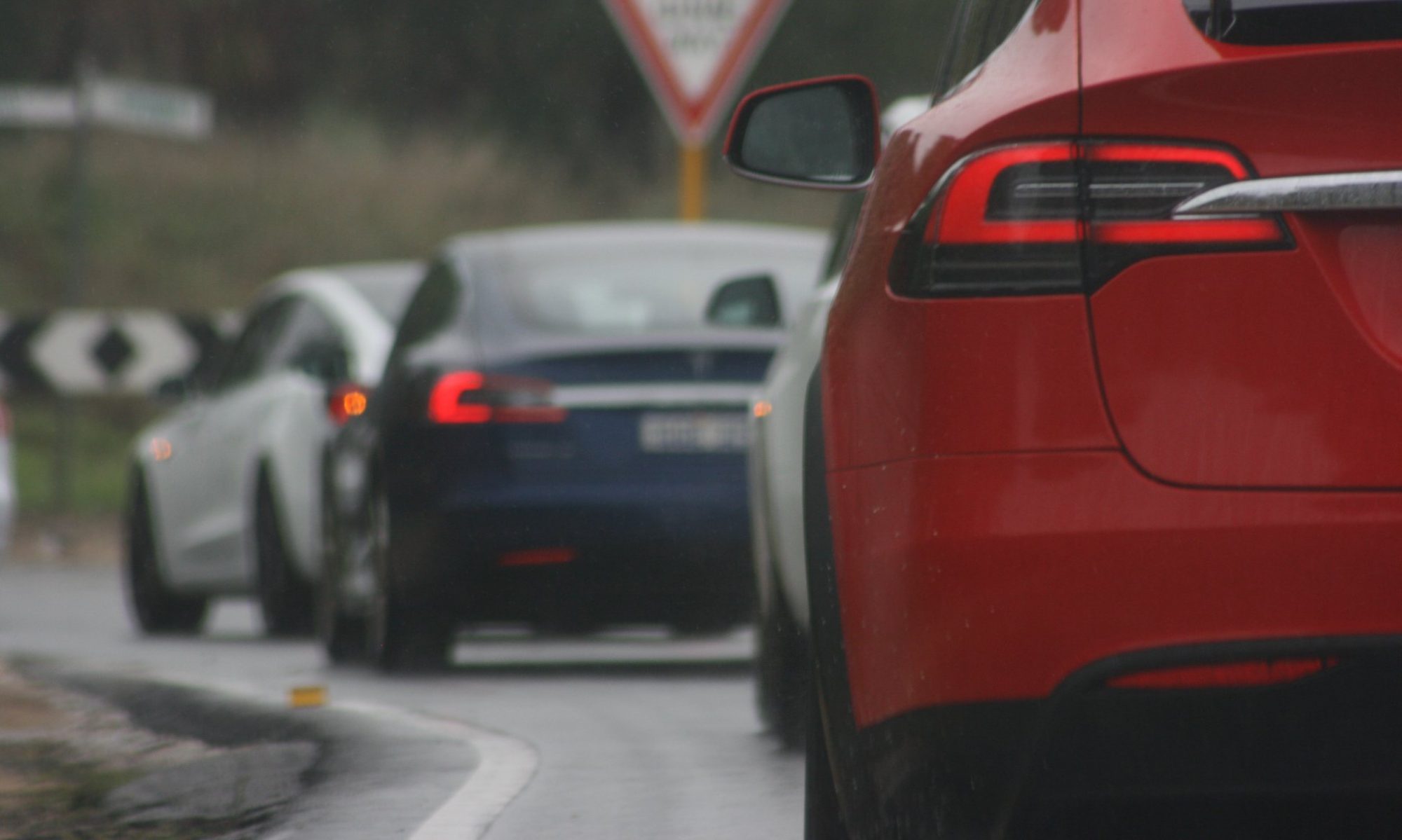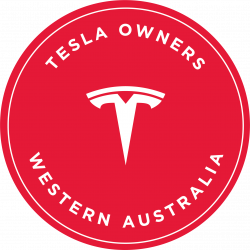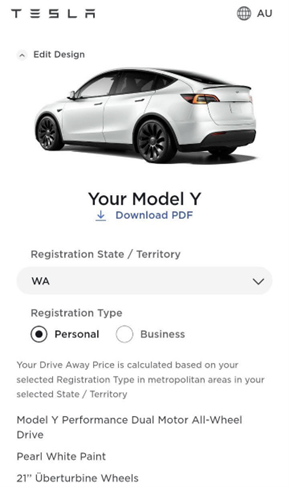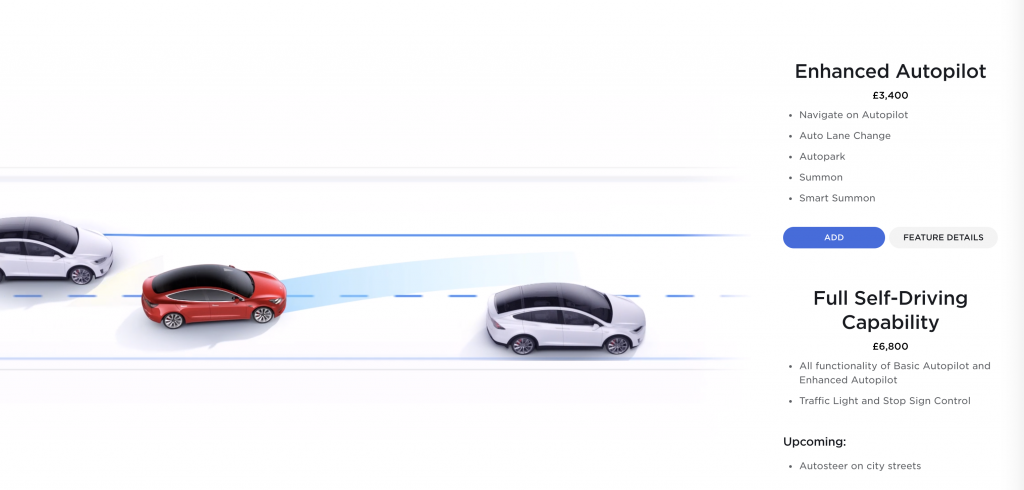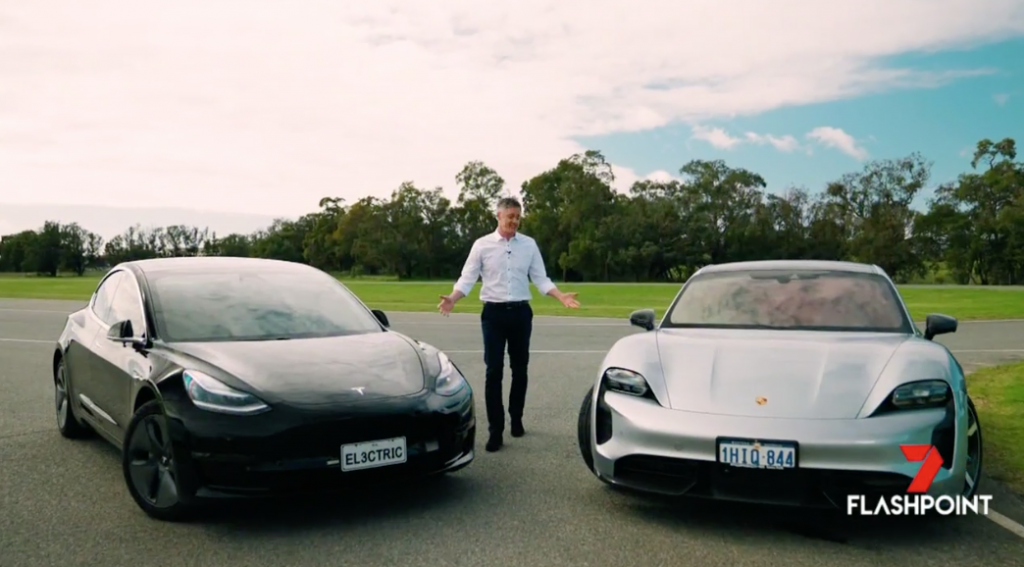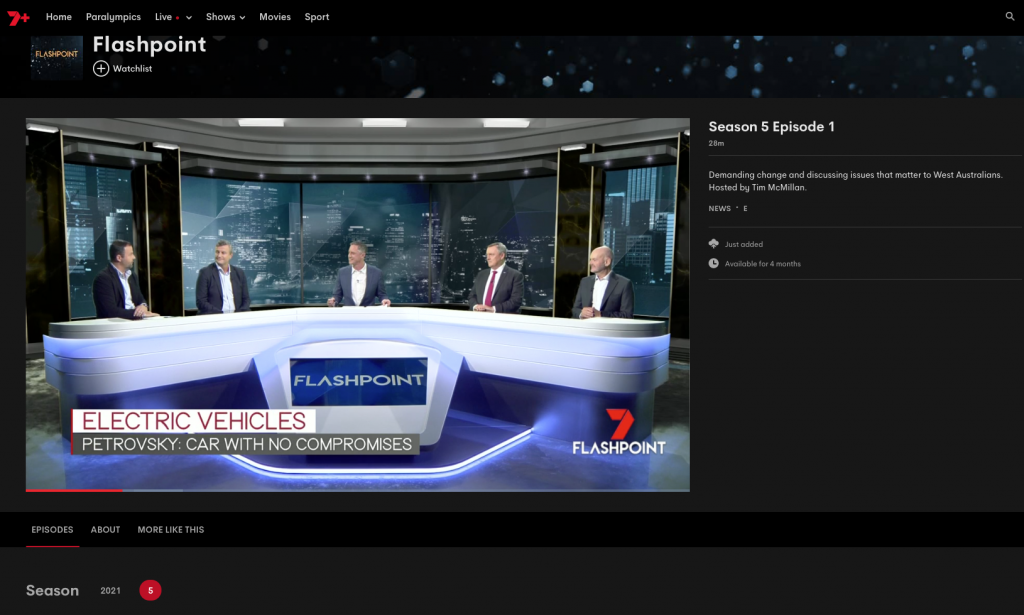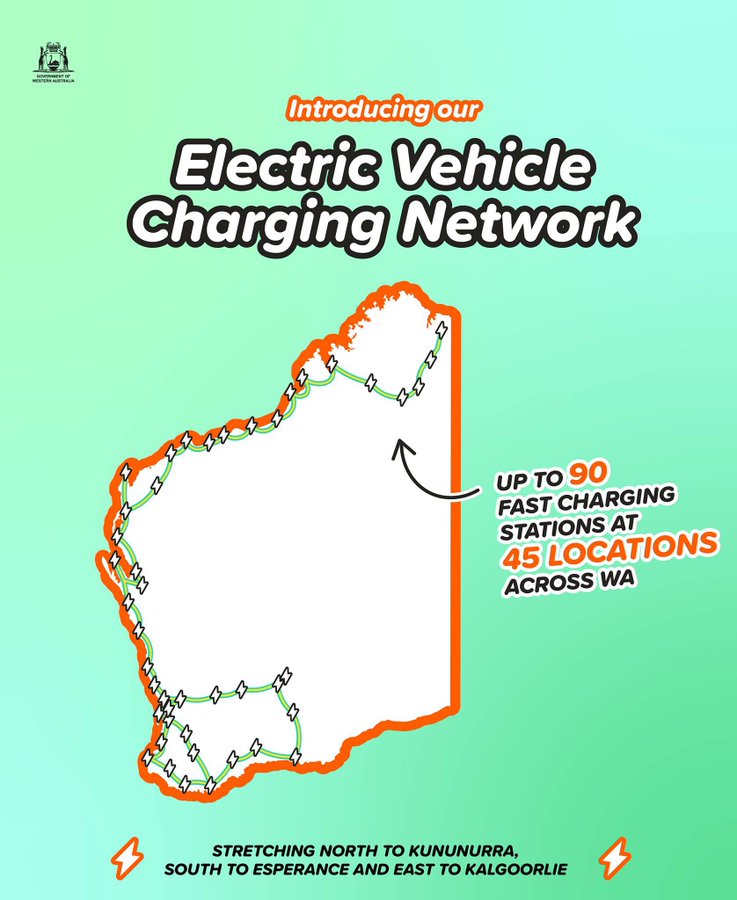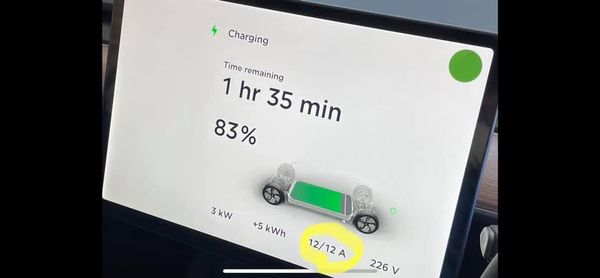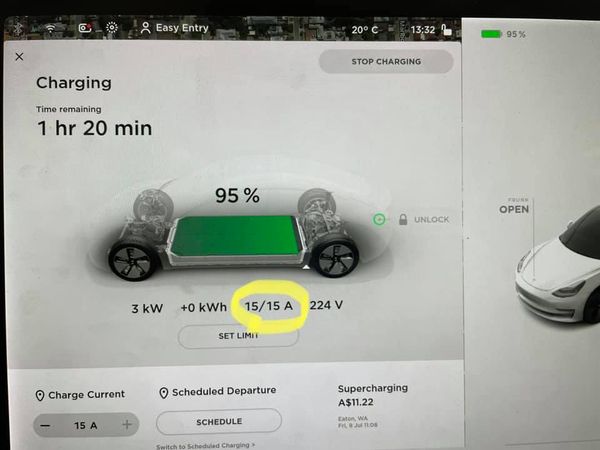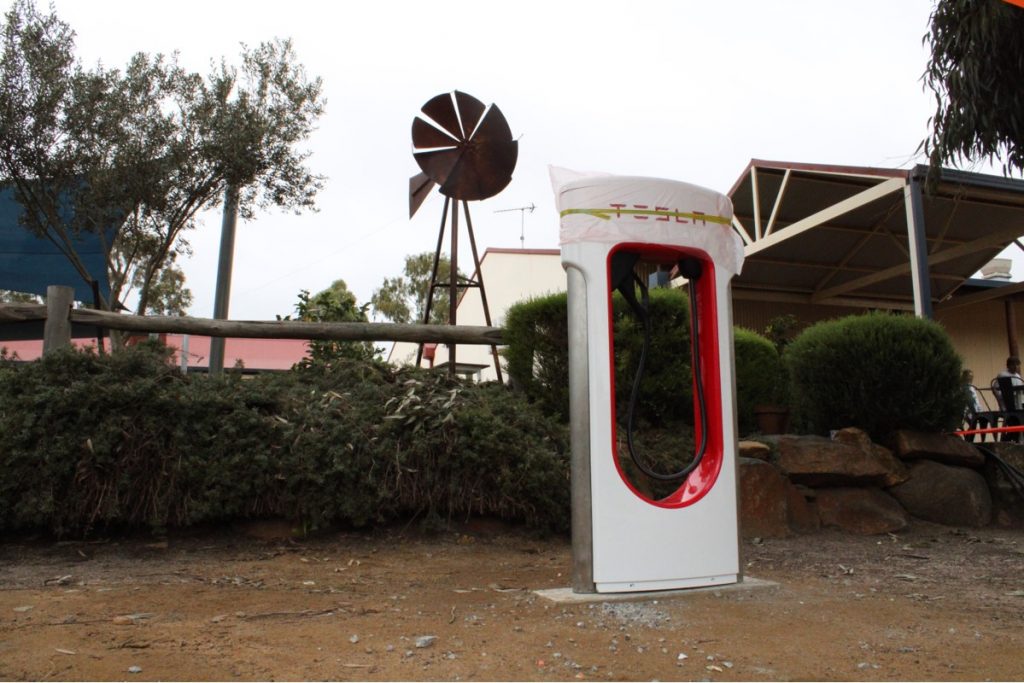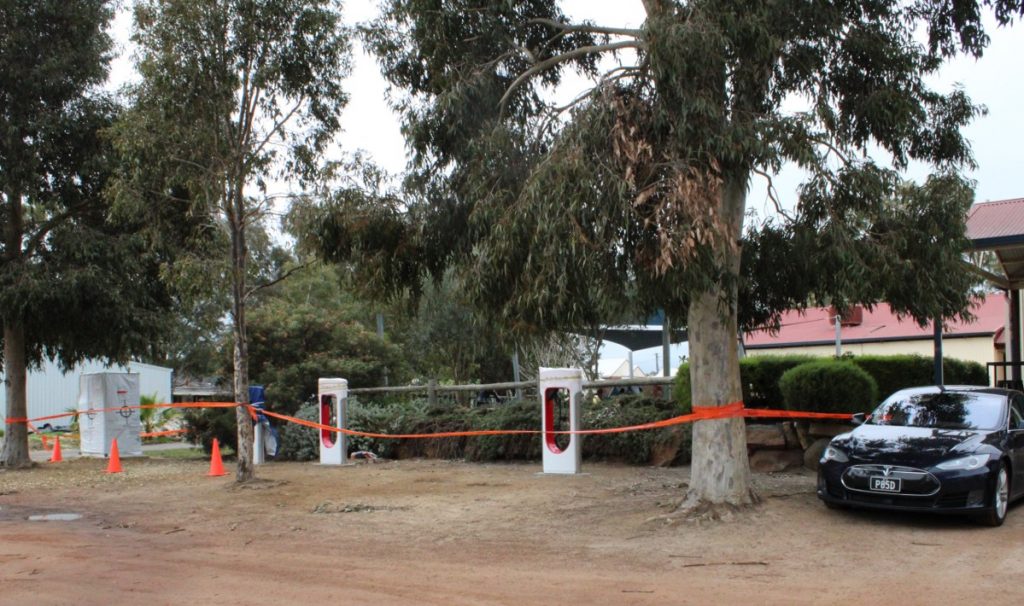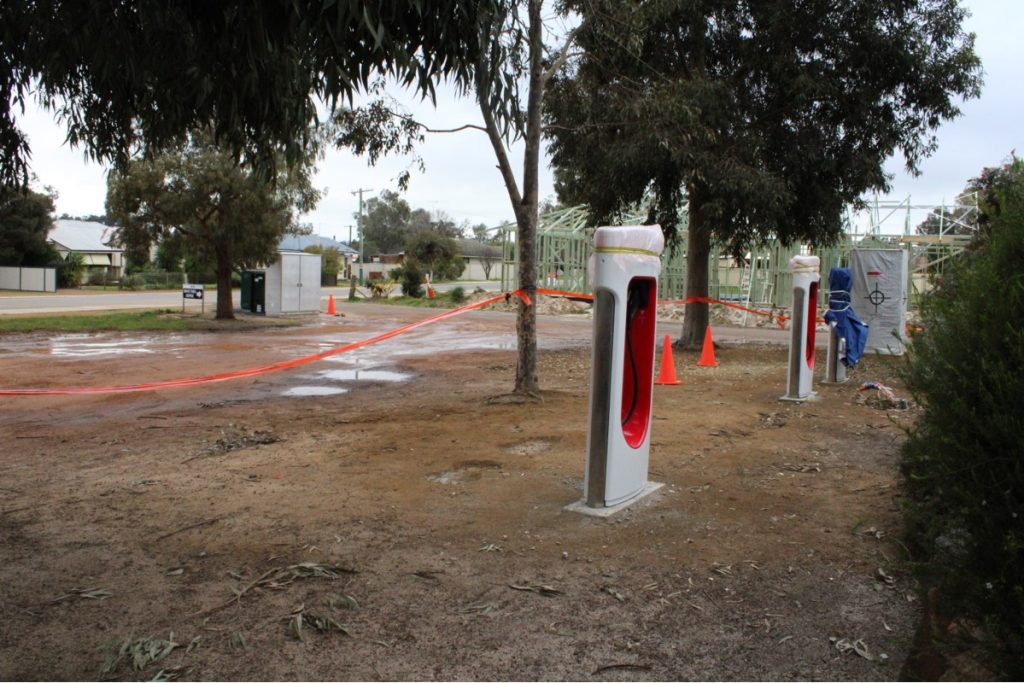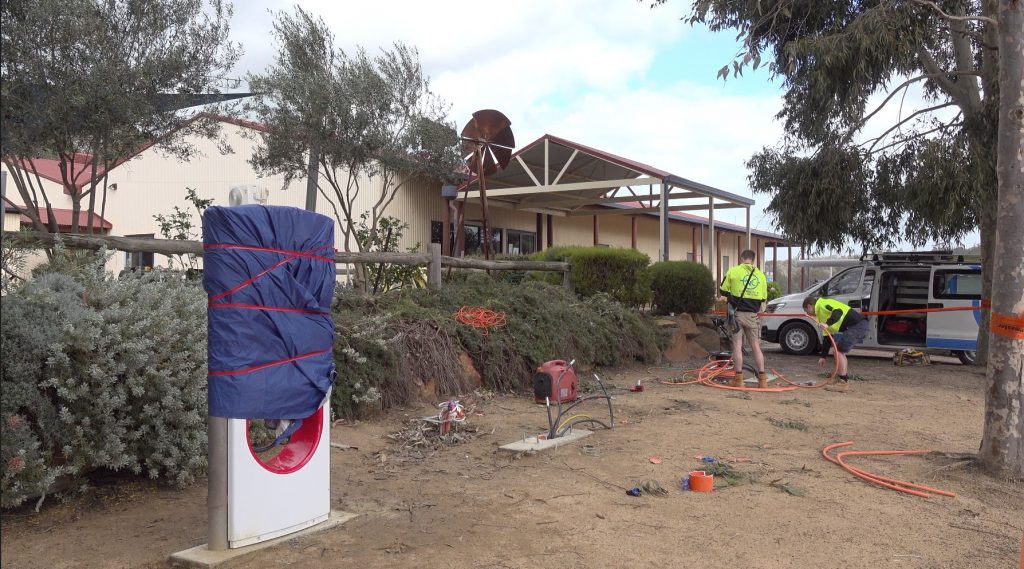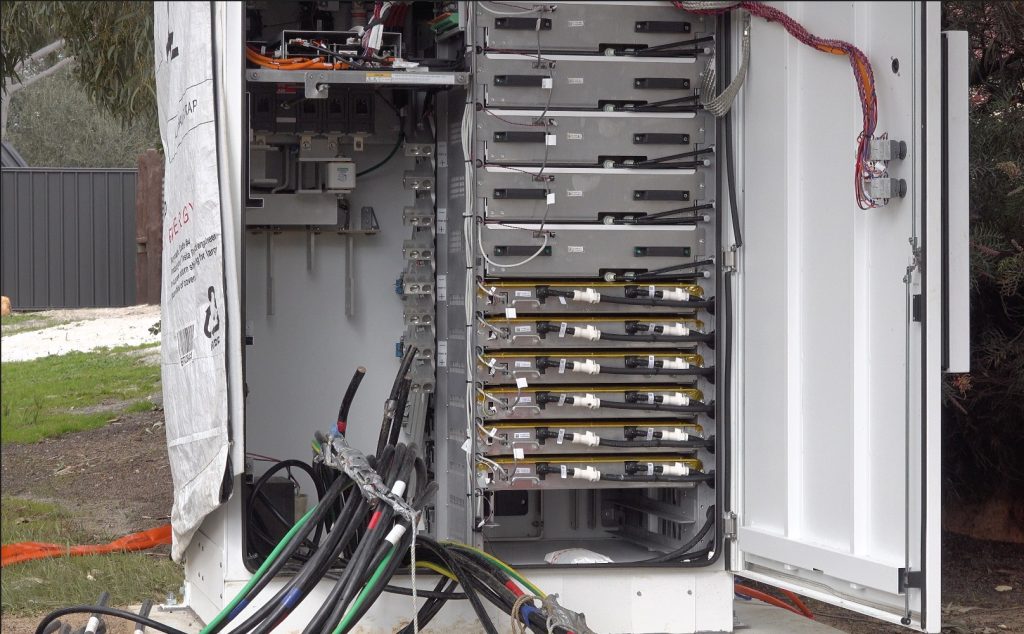From the 14th of March 2019, the day Elon Musk unveiled his new Tesla sneakers and then the Model Y at the Tesla Design Studio in Hawthorne California, Australians have been wondering when the car that is destined to become the world’s bestselling passenger vehicle will become available down under.
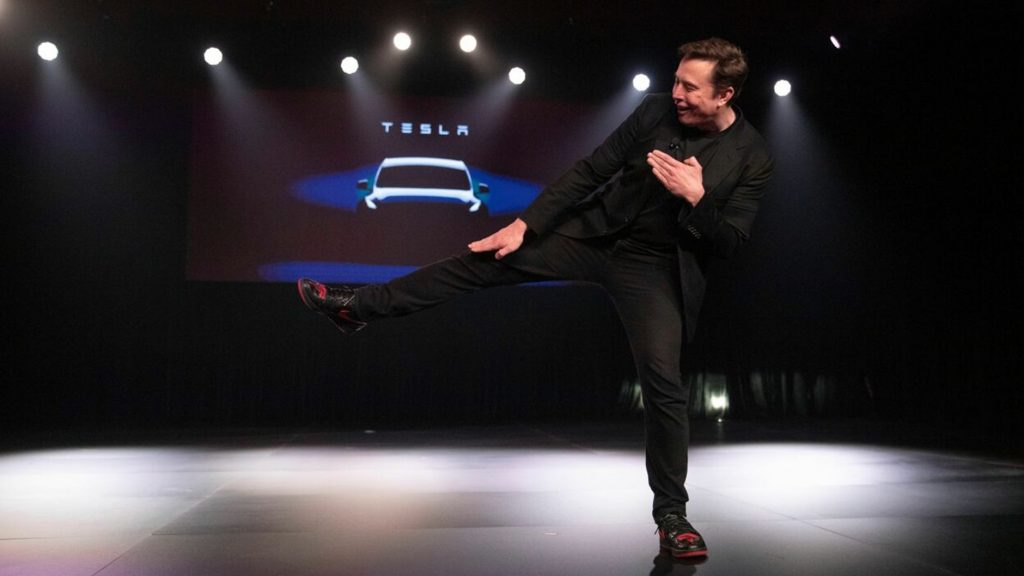
It was great to see production begin in California’s Fremont factory in January of 2020 with deliveries following only a couple of months later on the 13th of March. We then had little choice but to spend almost the next year and a half eagerly watching YouTube videos of ecstatic new Model Y owners posting their reviews, and we were all buoyed when we saw right-hand drive orders open in countries like Hong Kong on 2nd of July 2021 and later in the UK on 15th of October last year. We were also glad to see the Model Y fully approved by Australian regulators in September 2021.
When the Australian order page briefly went live on 9th of April 2022, Aussie EV fans were on tenterhooks. Some Tesla enthusiasts such as TOCWA Chairman Rob Dean and his wife Robin got a chance to almost place an order before the reservation page was taken offline but not before they got a chance to take a screen shot. (As reported by The Driven, there was also at least one Australian who managed to pay a deposit that weekend, but their money was later refunded and the order cancelled.)
Rumours and speculation ensued but finally this morning the well-worn ‘Stay Updated’ button was finally replaced with the long-awaited invitation to ‘Order Now’. So yes, it’s finally happening, Australians can now place their Model Y reservations!

To begin with, Australians are being offered two variants. The entry level Rear-Wheel Drive (which used to also be referred to as the Standard Range Plus) but now known as simply the ‘Model Y’ and the top of the range Performance. Both versions will be made in Shanghai, and they’ll initially only be available in the 5-seat configuration.
The Model Y shares approximately three quarters of its parts with the Model 3 and to the superficial eye it looks almost identical but there are differences. Although both cars share the same platform and powertrains, being an SUV, the Model Y is heavier and bigger in all three dimensions. It is about 41mm wider, 56mm longer and 183mm taller with about 27mm more ground clearance at about 167mm. That said, the Performance with its 21’’ Überturbine wheels will ride a little lower.
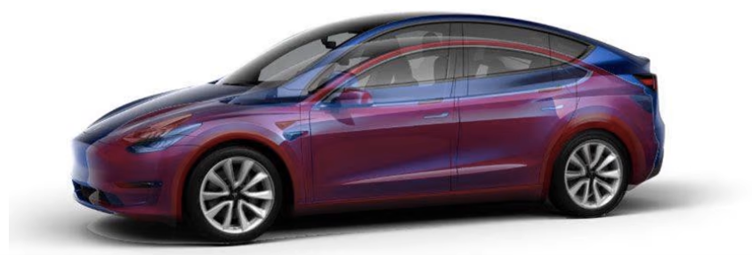
As one would expect, the Model Y has more leg room and it’s easier to get in and out thanks to its higher seating positions. I found this to be a handy YouTube video with a real-world comparison between the rear seat leg room of the 3, the Y and the Model X. You can also refer to TOCWA’s very own Grumpy Old Man’s YouTube video at the 4’35” mark. Nigel is currently in the UK taking the Model Y through its paces.
There are also other differences, the most obvious being the Model Y’s hatchback versus the Model 3’s sedan boot design. Additionally, the Model Y’s three rear seats can recline into three positions, and they can also fold down individually compared to the 60:40 split in the M3. There’s also a handy button in the boot of the Model Y enabling the rear seats to automatically fold down and there’s also a hidden manual rear door release. The factory glass tinting on the Model Y is also different in that it runs all the way to the end while the Model 3 tapers off about 60cm from the bottom. Some of these features are demonstrated in this YouTube Video by Tesla Raj starting at the 9’35”mark.
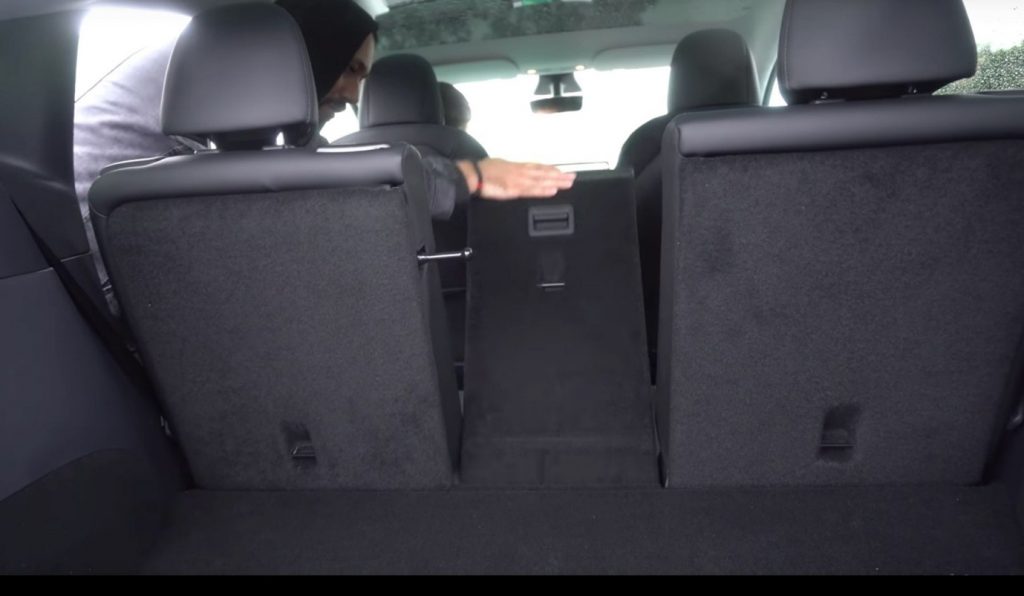
The Model Y also has an additional smaller boot well or sub boot as can be seen in this video at the 5’30” mark and the front boot or frunk is about three inches deeper. There are also two side compartments in the boot as opposed to just the left one in the Model 3. As one would expect, the Model Y has considerable cargo volume, almost 50% more than the Model 3, with the M3 specified at 649 litres and the MY at 971 litres with 5 passengers, or 2,158 litres with just a driver and front passenger.
In terms of acceleration, the Model Y is only a little less lively at 3.7 seconds versus 3.3 seconds for a 0-100km/h sprint for the Performance models and 6.9 compared to 6.1 seconds for the entry level Rear Wheel Drive versions.
Being a larger and heavier car, the Model Y Performance is rated at 514km of WLTP range which is 33km less than the M3P. The Rear-Wheel Drive is rated at 36km less at 455km. When it comes to real world range, however, the EPA standard is a closer approximation with the MYP rated at 488km. Furthermore, this range will be reduced on rough country roads where there is little opportunity to use regenerative braking or when driving in the rain, in cold weather, going up hills, against a headwind or towing. Speaking of towing, the Model Y should be rated at 1.6 tonne braked or 750kg unbraked, as reported here by Bridie Schmidt in The Driven.
As one would also expect, the Model Y is more expensive, however, as I have touched on previously in this article, the Total Cost of Ownership is what is important rather than just the sticker price.
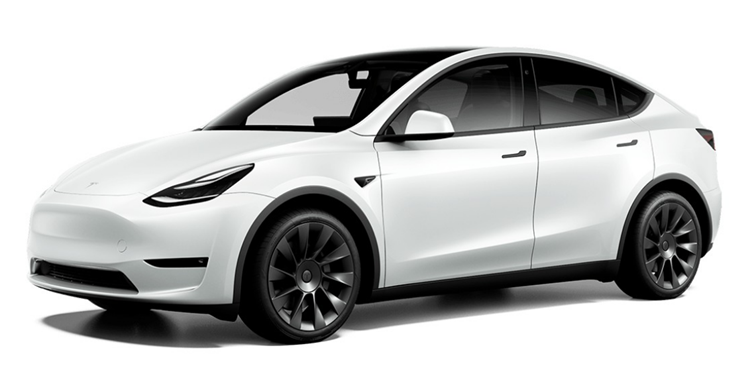
To check prices and delivery time frames see the Australian order page and if you like what you see don’t hesitate to reserve what in the next 3-5 years I’m tipping will become Australia’s bestselling car, first by revenue and then by volume. Considering that EVs account for only about 2% of Australia’s new car sales and the world is currently gripped by supply chain bottlenecks, I realise it’s a big call but to double down further and to be clear, I’m not saying it will just be the best-selling electric car, or the bestselling SUV, or the bestselling car in any other segment, I expect either the Model Y or the Cybertruck to become Australia’s best-selling car, period. With Australia accounting for less than a fraction of a percentage point of Tesla’s global sales volumes, the harder question is whether Tesla will have a global best seller before it tops the rankings in Australia or vice versa.

(13 June’22: the range estimates in the 3rd last paragraph of this article were corrected to correctly reflect the figures as per the Tesla website.)
